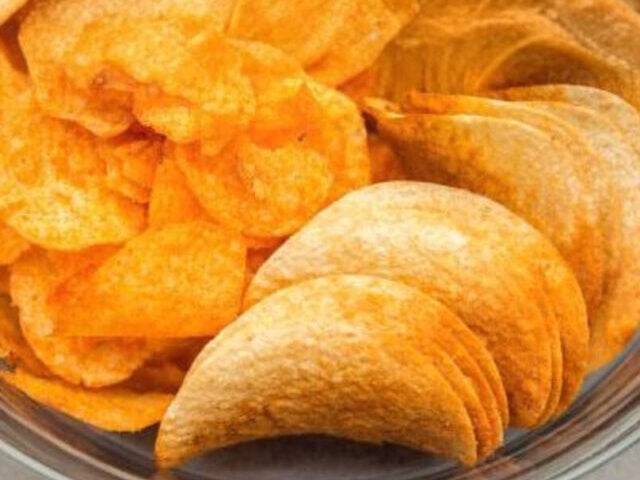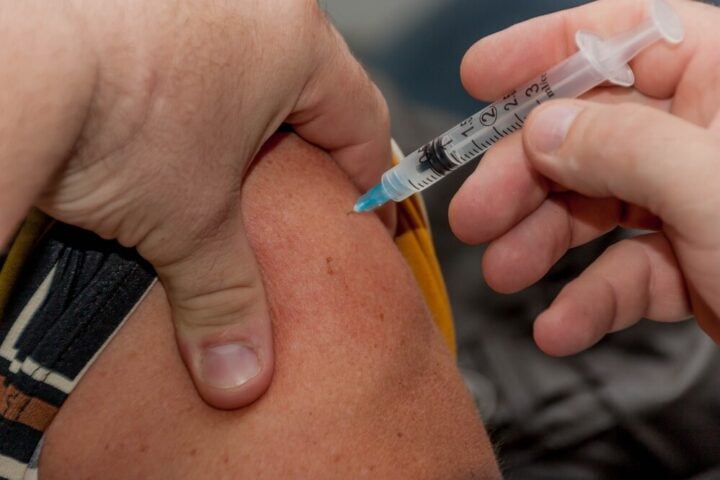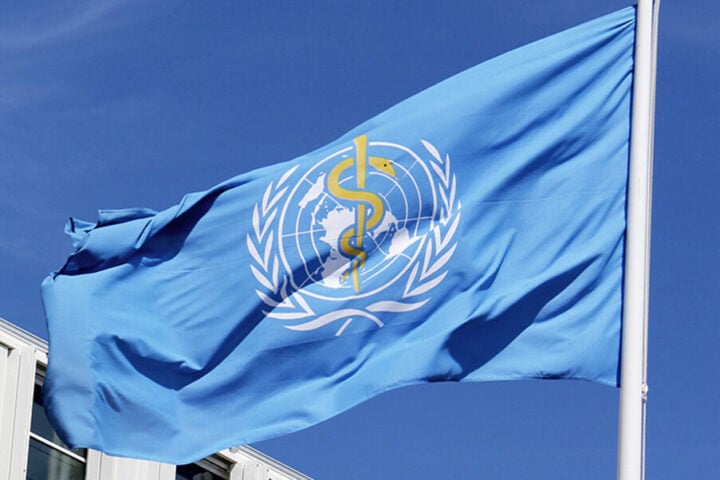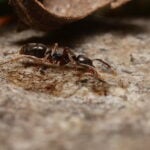A concerning new study by the Autonomous University of Barcelona (UAB) has revealed that commercial tea bags release billions of microplastic and nanoplastic particles during brewing, raising serious questions about daily exposure to these contaminants through common food packaging.
The research, published in Chemosphere journal, found that a single polypropylene tea bag releases approximately 1.2 billion micro- and nano plastic particles per milliliter of water. These particles average 136.7 nanometers in size – small enough to penetrate human cells.
Tea Microplastic Exposure Calculator
Discover Your Daily Microplastic Intake: From Tea Bag to Tea Cup
Calculate your potential exposure to microplastic particles based on your tea drinking habits and tea bag choices. Understanding your exposure is the first step toward making healthier choices.
Daily Exposure Estimate
Recommendation
Did you know?
- According to research, polypropylene tea bags release the highest number of particles (1.20 × 10^9 per mL), followed by cellulose (1.35 × 10^8 per mL), while nylon-6 releases the least (8.18 × 10^6 per mL).
- The particles average 136.7 nm (PP), 244.7 nm (cellulose), and 138.4 nm (nylon-6) in size – small enough to be absorbed by intestinal cells.
- The research shows these particles can enter cell nuclei and interact with intestinal mucus, with different uptake rates depending on cell type.
“We have managed to innovatively characterize these pollutants with a set of cutting-edge techniques, which is a very important tool to advance research on their possible impacts on human health,” said UAB researcher Alba Garcia.
Material Differences Matter
The study examined tea bags made from three different materials, each releasing varying amounts of plastic particles:
According to the research, different tea bag materials released varying quantities of micro and nanoplastic particles during brewing: polypropylene bags produced the highest amount at 1.2 billion particles per milliliter, followed by cellulose bags at 135 million particles per milliliter, while nylon-6 bags released the lowest amount at 8.18 million particles per milliliter.
Cellular Absorption and Health Implications
The research team observed that after 24 hours, intestinal mucus-producing cells absorbed substantial amounts of these particles. Some particles entered the cell nucleus, where genetic material resides. The result suggests a key role for intestinal mucus in the uptake of these pollutant particles.
“All the data shows that the smaller the size, the higher the uptake into the cells. The smaller the size, the higher the risk,” warned Ricardo Marcos Dauder, one of the study’s authors. This raises concerns about potential effects such as genotoxicity and carcinogenicity, especially since particles were detected entering the cell nucleus.
“Tea bags are just one example of one particular route of exposure to these micro-nanoplastics, but there are thousands of ways we can be exposed,” Dauder added.
Environmental Impact
The study’s findings extend beyond human health concerns. The accumulation of these particles in rivers, lakes, and soils could affect aquatic organisms, as reported in the research. Microplastics have been found in human tissue, ancient rock, and bottled water.
Regulatory Needs
The research points to the need to formulate regulatory policies to effectively mitigate and minimize micro and nano plastic contamination in food packaging. “It is critical to develop standardized test methods to assess MNPLs contamination released from plastic food contact materials,” the researchers noted.
Similar Posts
Consumer Solutions
Experts recommend using:
- Loose-leaf tea
- Paper tea bags
- Fabric tea bags
- Brands offering PLA and plastic-free alternatives
The research received support from the Helmholtz Centre for Environmental Research in Leipzig, Germany, and was conducted under the European project PlasticHeal framework.
As plastic use in food packaging continues to increase, ensuring food safety and protecting public health becomes vital. Scientists stress the importance of studying how long-term exposure to these plastic particles could impact human health.
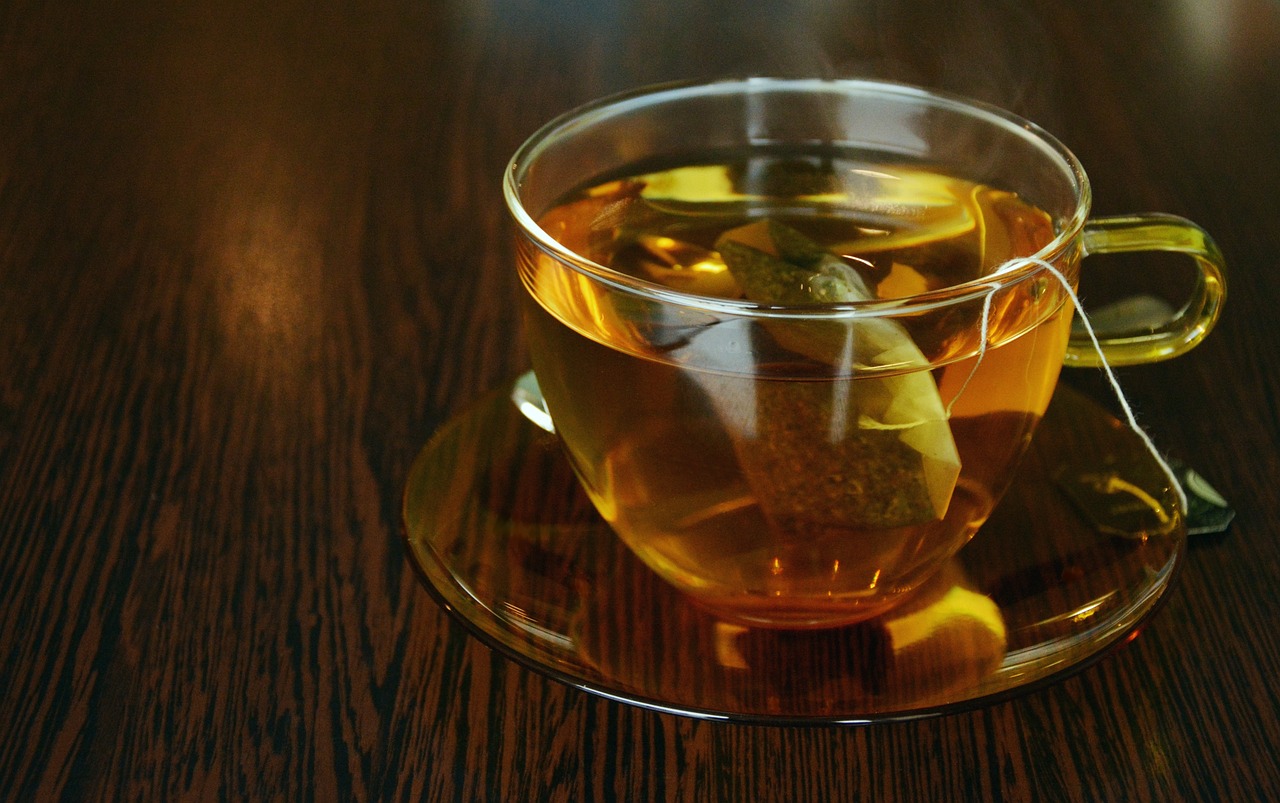



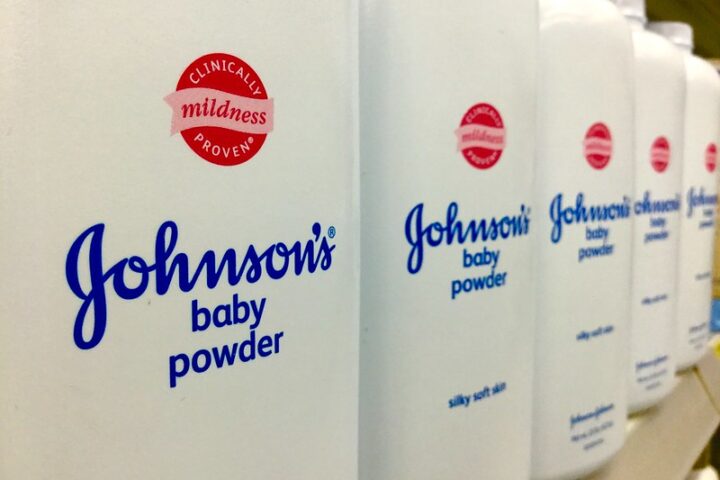
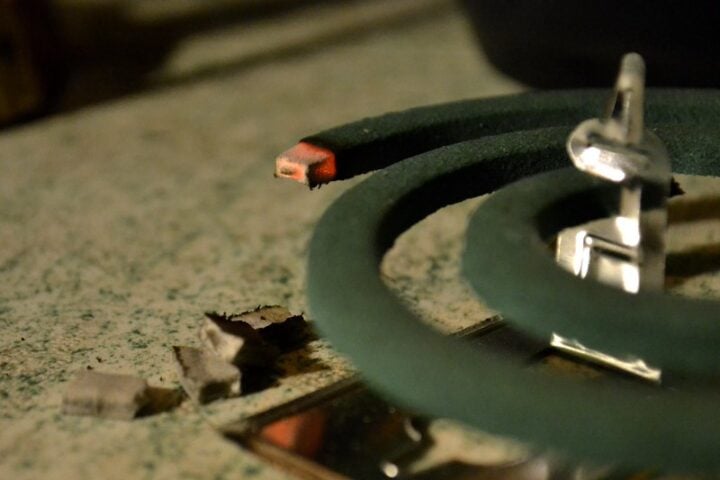
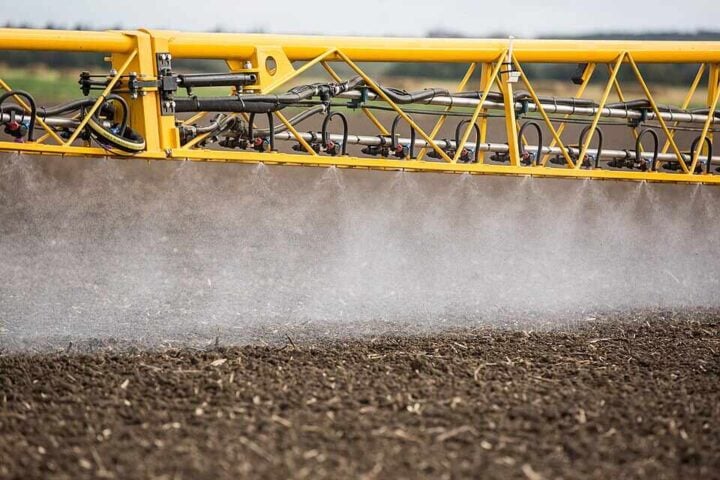



![Mina do Bugalho, Portugal [2011]. Photo Source: almoço no zé unta (CC BY-SA 2.0)](https://www.karmactive.com/wp-content/uploads/2025/05/500px-Portuguese_Lunch-500x480.jpg)




